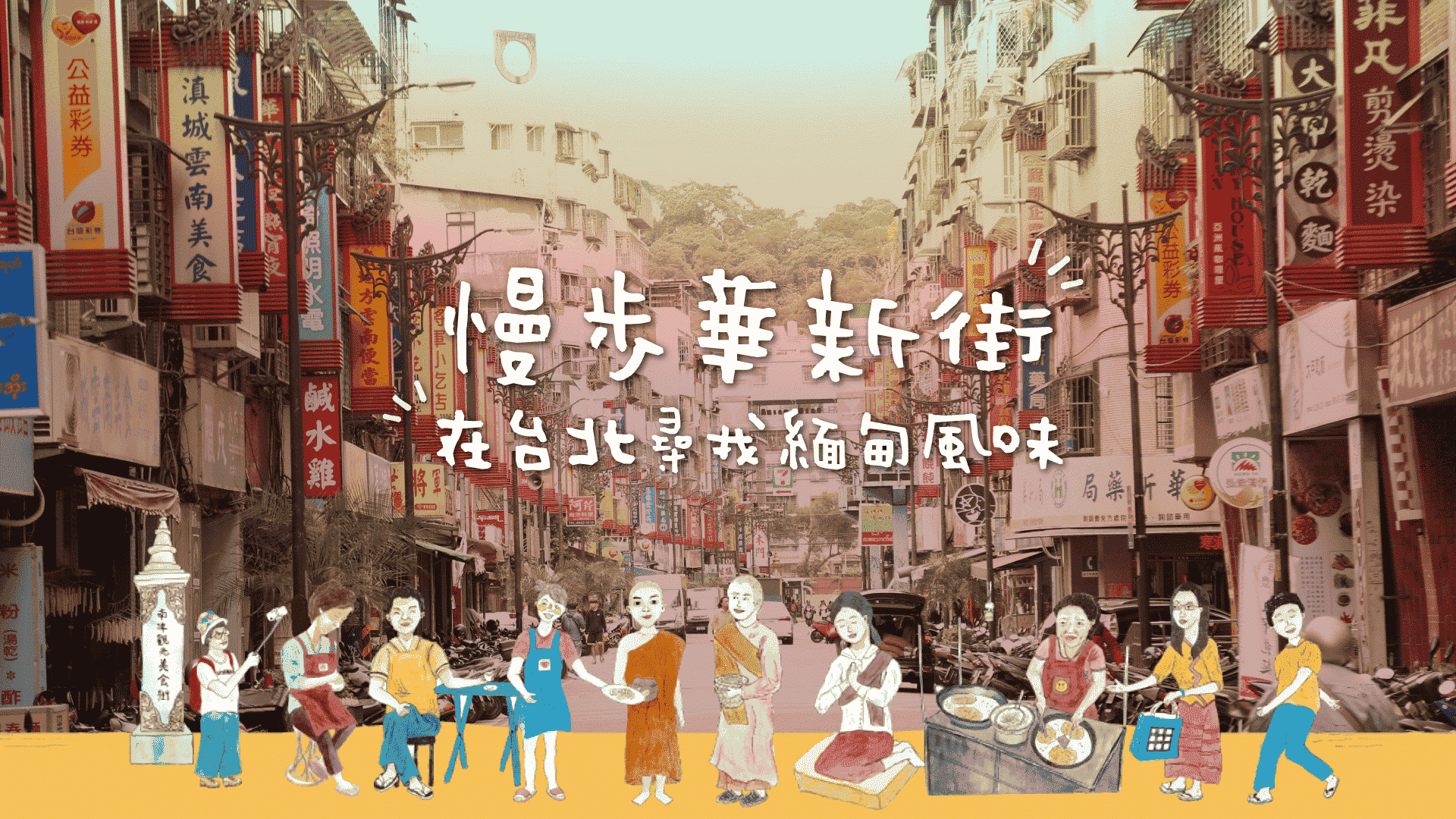Qingtian76 Creativity in Spatial Design
The Mixed Japanese-Western Style Houses During the Sowa Era

After the Meiji Revolution, there was a popular slogan in Japan calling for Japanese to exercise “Goodbye Asia, Hello Europe”. The desire was to leave its position as Asia, at the time a troubled continent, and become a part of the dominating world power, consisted by European nations by the time. One of their many attempts to Westernize was to adopt European architectural techniques and spatial art to take Japan into the European world. Taiwan provided an excellent test ground for this policy. The Presidential Palace, the old Taiwan University Medical School Building, the Taiwan Museum, the Monitoring Yuan building and the Sun Yatsen Hall are all public buildings exhibiting this attempt. By the Sowa era, besides the change of mixed Japan-European style, many of Japanese residential houses also adapted bigger available family space compared to traditional Japanese houses.
The door at furthest left is a French window that opens down to the floor and to both sides. Upon one glance and the message that it is a living room decorated in Japanese style, as the window on the outside was tailored with venetian blinds can be conveyed. The northern side is the entire façade of the house. The appearance bears great difference to that of Taiwanese or Fukian-styled houses. Even though the framework of the house followed that of a dormitory residence, it is still quite apparent that certain western construction elements had been utilized in small details. The house is, essentially, like a Japanese man wearing tailored western suit.
In this Japanese-styled house, browsing from right to left, one would see the ante room, the guest room or the greeting room. On the outside there are protruding windows often seen in western houses. This is identical with the residential house owned by Chen Tianlai, one of Taiwan’s most important Tea merchant, on Guide Street. But here, the windows have diamond-shaped glass panes, giving these windows a more elegant look. Further to the left there is the reading room, the outside of this room is fitted with venetian blinds. Many examples of western-styled houses are fitted with venetian blinds, but it is quite rare that a Japanese residential house is appointed in such manner. The main reason is that Taiwan is indeed much hotter than Japan, and venetian blinds can serve the duo purposes of shading the room from sunshine and keeping the rain out.
The designer of the house was Professor Mashashi Adachi of Hokkaido, Japan. Construction of the house was completed in 1937, it is now 80-something years old.




















